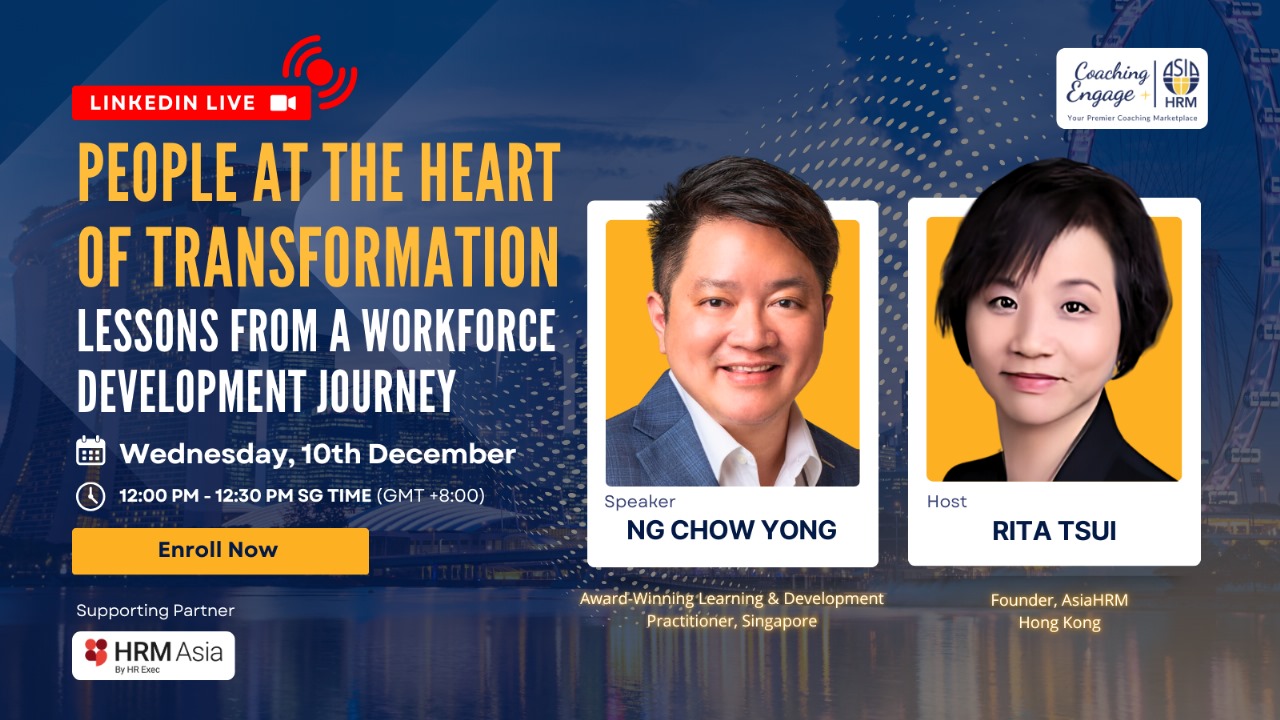Global gender gap narrows, but Asia faces persistent challenges in achieving parity
- Josephine Tan
- Topics: DE&I, Home Page - News, Leadership, News

The global gender gap has narrowed to 68.8%, marking the most significant annual progress since the Covid-19 pandemic. However, full parity remains a distant 123 years away at current rates, according to the World Economic Forum’s (WEF) Global Gender Gap Report 2025.
The 19th edition of the report, covering 148 economies, revealed that while educational attainment and health have maintained near-parity, a stark leadership gap persists. Despite women constituting 41.2% of the global workforce, they hold a mere 28.8% of top leadership positions.
“Advancing gender parity represents a key force for economic renewal,” stated Saadia Zahidi, Managing Director, WEF. “Economies that have made decisive progress towards parity are positioning themselves for stronger, more innovative and more resilient economic progress.”
Eastern Asia and the Pacific ranked fifth globally with a gender parity score of 69.4%, showing notable strength in economic participation and opportunity at 71.6%. New Zealand (82.7%), Australia (79.2%), and the Philippines (78.1%) are top performers, with New Zealand being the only regional economy in the global top 10.
However, the report highlighted a disconnect between women’s increasing educational attainment and their underrepresentation in senior roles. Women are increasingly outpacing men in higher education, yet their presence in senior leadership remains stagnant. This underutilisation of highly skilled human capital represents a significant economic inefficiency.
READ MORE: AI disruption to hit women’s jobs harder, says ILO report
Sue Duke, Global Head of Public Policy at LinkedIn, said, “Women’s progress in leadership continues to decline. As the global economy transforms, AI accelerates, and countries look to combat stagnating growth, this leadership gap should set alarm bells ringing.”
“The varied experience and uniquely human skills that women bring to the leadership table are essential to unlocking the full promise of an AI-powered economy, yet are being overlooked at exactly the moment they are needed most.”
Career breaks are a central factor, with women 55.2% more likely than men to take them, largely due to caregiving responsibilities. This necessitates a strategic focus for HR on designing flexible work arrangements and robust return-to-work programmes.






